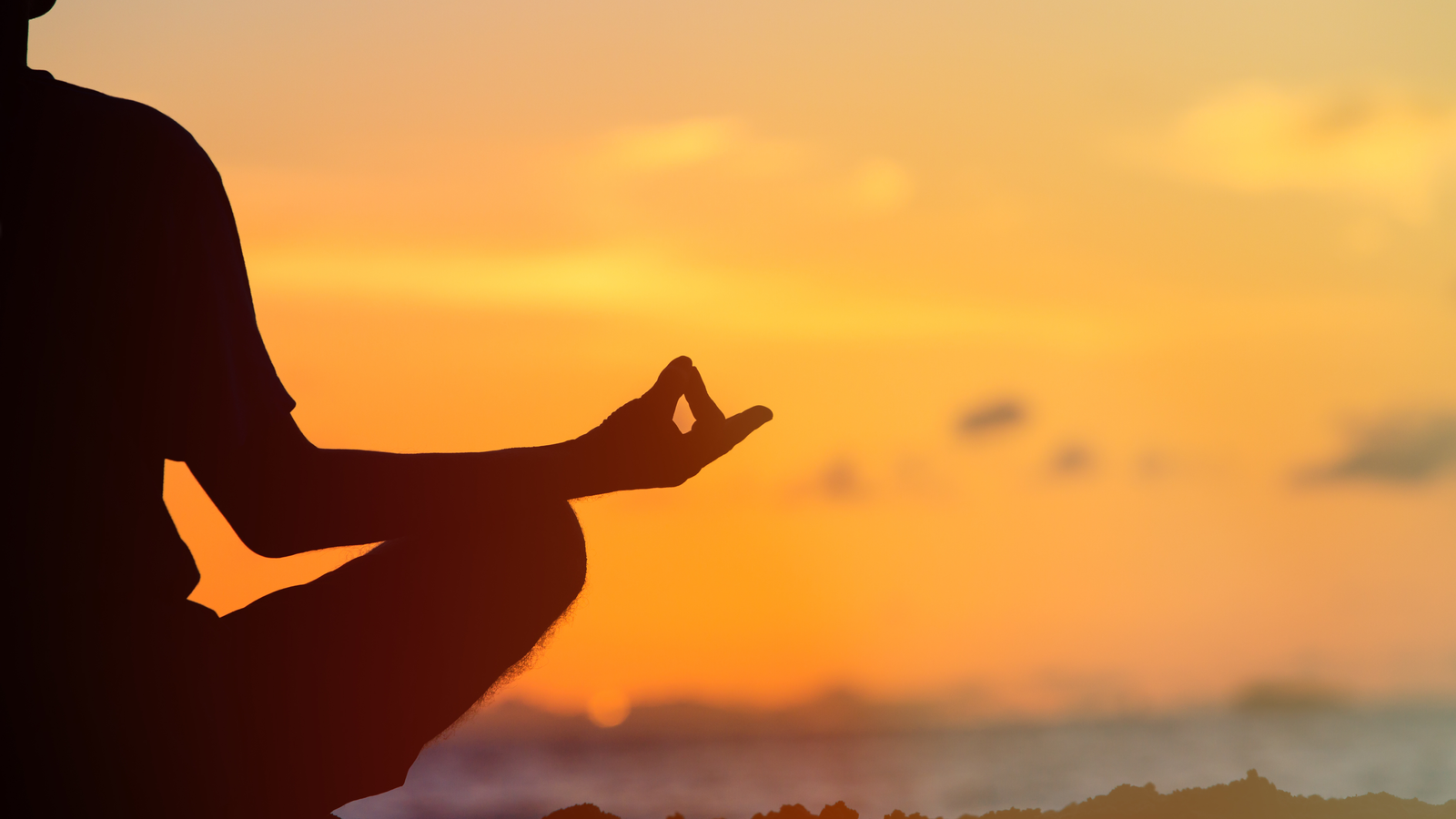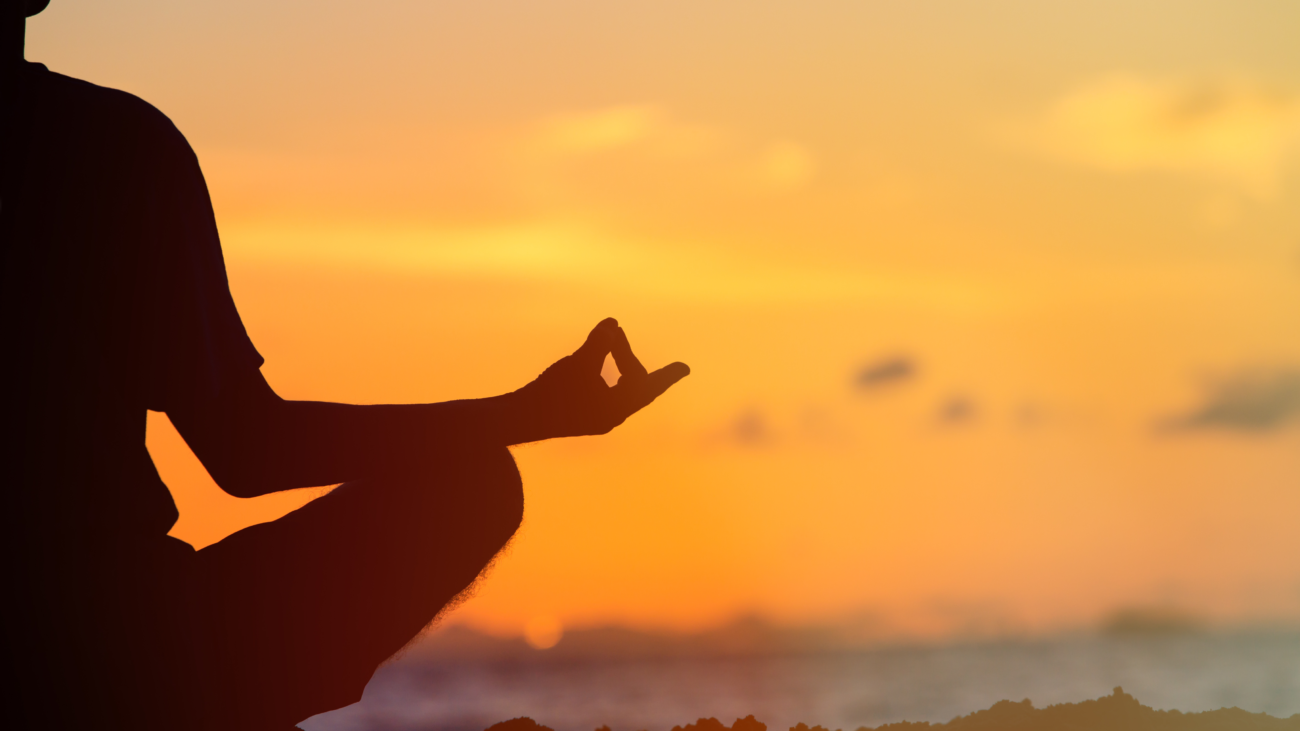
How to Start a Yoga Practice from Scratch (A Beginner’s Guide)
Introduction
Starting yoga can feel overwhelming, especially with the sheer amount of styles, postures, and philosophies out there. But yoga is not about complexity; it’s about simplicity, awareness, and connection. Whether you’re looking to increase flexibility, reduce stress, or improve overall well-being, this guide will help you start your yoga journey with confidence.

Step 1: Set Your Intention
Before rolling out your mat, ask yourself why you want to practice yoga. Your intention will shape your experience. Common motivations include:
- Stress relief: Using yoga as a tool for relaxation and mental clarity.
- Flexibility & mobility: Enhancing movement and reducing stiffness.
- Physical fitness: Building strength and endurance through yoga.
- Mindfulness & meditation: Cultivating inner peace and presence.
Clarifying your goals helps you choose the right style of yoga and stay committed.
Step 2: Create a Simple Routine
Beginners often wonder where to start. Instead of worrying about advanced poses, focus on building a basic, sustainable practice. Try a 10- to 15-minute routine incorporating these beginner-friendly poses:
- Mountain Pose (Tadasana) – Improves posture and grounding.
- Downward Dog (Adho Mukha Svanasana) – Stretches the back and strengthens arms.
- Child’s Pose (Balasana) – A calming posture for rest and relaxation.
- Warrior II (Virabhadrasana II) – Builds strength and stability.
- Seated Forward Fold (Paschimottanasana) – Stretches the hamstrings and promotes relaxation.
Practicing these poses consistently will create a strong foundation.
Step 3: Find the Right Space & Gear
You don’t need an elaborate setup to practice yoga. A small, quiet space and a comfortable yoga mat are enough. Here are a few tips:
- Choose a non-slip mat for stability.
- Wear comfortable clothing that allows free movement.
- Eliminate distractions to create a mindful environment.
- Consider props (blocks, straps) to enhance flexibility and support.
Step 4: Focus on Breath & Awareness
Yoga is not just about movement—breathwork (pranayama) plays a crucial role. Start with simple breathing exercises:
- Deep Belly Breathing: Inhale deeply through your nose, expanding your belly, then exhale slowly.
- 4-7-8 Breathing: Inhale for four seconds, hold for seven, exhale for eight. This reduces stress and calms the mind.
Connecting breath to movement makes yoga more effective and meditative.
Step 5: Stay Consistent
Consistency is key. You don’t need to practice for hours—start small and gradually build up. Here’s how to stay motivated:
- Set a schedule: Aim for at least 10 minutes a day.
- Follow online classes: Beginner-friendly videos can guide you.
- Listen to your body: Progress at your own pace without forcing poses.
- Track your journey: Journaling or using an app can help monitor progress.
Conclusion
Starting a yoga practice is about creating space for movement, breath, and mindfulness in your life. By setting a clear intention, building a simple routine, and staying consistent, you’ll cultivate a practice that nourishes both body and mind.
Ready to begin? Start with the five foundational poses mentioned and commit to a few minutes daily. Over time, you’ll notice the transformation in both your physical and mental well-being.
